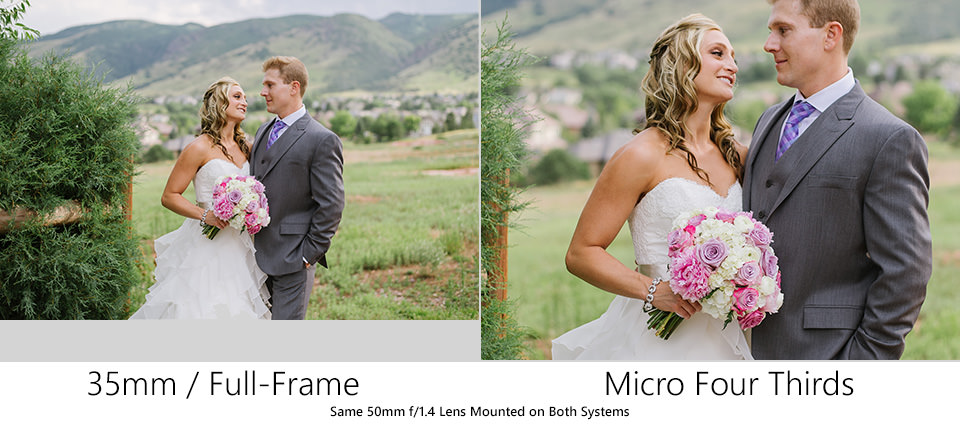

Since full frame cameras have such large sensors, a wide lens (18mm for instance) will give an extremely wide field of view, especially when compared to a MFT camera which would give roughly a 36mm equivalent on the same lens.

The full frame look isn’t just about depth of field though…Īnother big giveaway that a project was shot on a full frame camera is the abundance of beautiful wide angle shots. This will especially be noticeable if your subject is being shot close to a wall or background element, as you will be able to see where the focal plane starts to fall off. On a crop sensor camera, the same lens at 1.4 will still give you a relatively shallow DOF, but it won’t be as razor thin and selective. If you are shooting on let’s say a 50mm lens at 1.4 on a Canon 5D, your depth of field will be so razor thin that you will have the ability to select your focus down to a hair.

So what actually is the full frame look? There are a lot of characteristics that make up this look, but probably the most obvious one is the extremely shallow depth of field that is achievable at wide apertures. Even so, all of the same principles and examples that I will outline throughout this article will apply just as well to cameras with even bigger crop factors, such as the Blackmagic Pocket Camera. Then of course there are other formats that crop even further, such as Micro Four Thirds or Super 16.įor this article, I’m going to focus more heavily on MFT since I happen to be a big MFT shooter and many of the readers on this site are as well. In fact APS-C sized sensors (found in cameras like the C300, 7D, etc.) are the closest digital equivalents to real 35mm motion picture film, so technically if you want to stay as true to 35mm cinematography as possible, you should be shooting on APS-C sensors (which have a crop factor of about 1.6 when compared to full frame). Or at least it wasn’t until the 5D MKII was released… 35mm still photography cameras always had a bigger film size when compared to 35mm motion picture cameras, as you can see illustrated in this image:Īlthough the full frame format was not traditionally intended to be used for motion pictures, so many of us were thrilled to be able to capture video with a full frame sensor as it gave a very unique aesthetic to our work, and opened up new possibilities in terms of capturing images in low light. That said though, it’s worth pointing out that full frame is not the be all end all when it comes to capturing video. Throughout this article I’ll go over just what the full frame look is, and how we can achieve it on just about any interchangeable lens camera.Īs many of you already know, full frame is actually not a standard sensor size for motion pictures. This dilemma leaves many of us torn between investing in full frame cameras that have inferior video functionality, or crop sensor cameras (such as MFT) that have better video performance, but don’t have the ‘full frame look’. Unfortunately though, there aren’t a whole lot of full frame DSLRs out there that also have great video functionality, and arguably the very best DSLRs/DSLMs today (for video) are all crop sensors. Ever since the Canon 5D MKII took the video world by storm, full frame video has been one of the most sought after looks in modern cinematography.


 0 kommentar(er)
0 kommentar(er)
